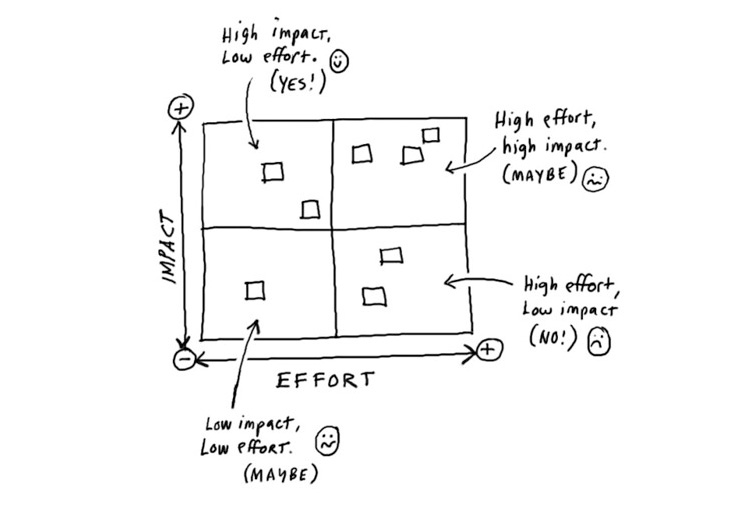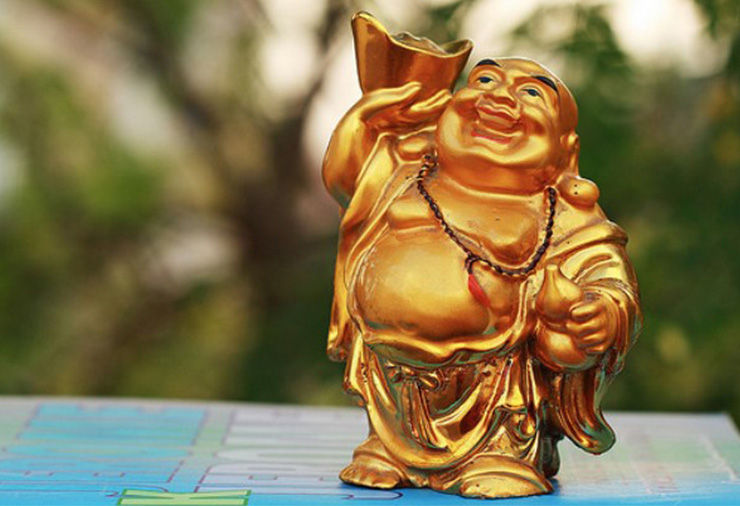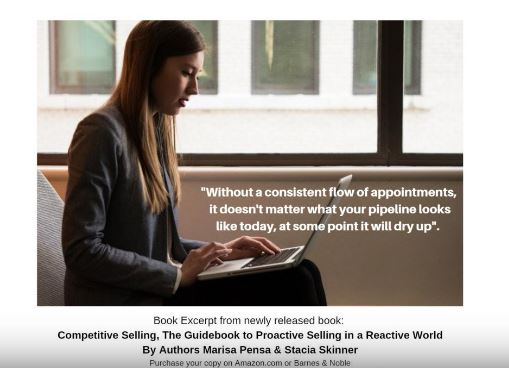 This month’s blog comes to us from organizing expert and best selling author, Julie Morgenstern, author of Organizing From the Inside Out, Never Check Email in the Morning, Time Management From the Inside Out and Time to Parent.
This month’s blog comes to us from organizing expert and best selling author, Julie Morgenstern, author of Organizing From the Inside Out, Never Check Email in the Morning, Time Management From the Inside Out and Time to Parent.
Our hobbies, passions, and the things we do for pure relaxation fuel and restore us physically, emotionally, and even spiritually in the most efficient way imaginable. Renewal activities provide care and nurturance for our souls — providing us with the energy we need to get through everything work and life throws at us. Yet, even though we know that and crave time for renewal, it can be very hard to make it happen.
A Deloitte Insights survey found that 91% of employees and executives say well-being is a top priority. Yet the majority struggle to prioritize self-care, and 1 out of 3 are constantly struggling with fatigue, stress, and overwhelm.
What gets in the way? Time is certainly one major factor. Our lives are filled with demands and responsibilities, making it difficult to carve out for self-care. But the mechanical time issue is ultimately solvable. There are many practical solutions to the time issue–and we’ll cover many of them in this self-care series. The bigger challenge is our belief systems. In my 30+ years as a time management consultant and coach, I’ve noticed patterns of thinking that hold us back from the self-care we crave and know we need but are afraid to take.
Here are the three most common mindsets that get in the way of giving yourself time for self-care. See if any of these interfere with your ability to take more time for well-being.
MINDSET 1: If I’m not taking care of someone or being productive, I don’t have value.
That may sound harsh when put in writing, but many high-achieving people are driven by a work ethic that leads them to feel irresponsible or that they have no value unless they are working or taking care of someone. That belief system can be hard to transcend when your value is identified by what you produce, do for others, and give to the world. You may feel like taking time for yourself for hobbies, napping, or relaxing is “doing nothing.” And “If you’re doing nothing, you have no value.”
If you can relate to that, I want you to entertain the idea that the richer and more well-rounded you are as a human being, the more you can have more value in the world. Hobbies stimulate our imagination. Rest allows us to make connections and think more clearly so that we can solve problems in more innovative ways. Being well-rounded allows us to become more compassionate and relate to more people, which equips us to provide even more value out in the world.
MINDSET 2: Taking time for yourself is selfish and/or stealing from others.
It can feel like taking time for fun or relaxation, or yourself is stealing from somebody. It’s stealing from your job. It’s stealing from your family. It’s stealing from your friends. And that can make you feel so guilty, that you don’t dare give yourself the renewal time you really need. But here’s the mindset shift: taking care of yourself is not competing with your job, family, or friends. It’s in service because it restores your energy. It grounds you. It refills your tank so you can give some more. There’s a cycle of energy out, and energy in that allows us to function at peak, and you have to keep refilling so that you can continue to give. It’s not selfish. It’s in service to others.
MINDSET 3: Work first, play second
Responsible adulthood seems defined by the ethics of work before play. This mindset can be a showstopper because we were programmed with that message as kids. You know, do your homework before you go out to play. The principle certainly has its merits. But as that message seeps deeper and deeper into your unconscious psyche, it can drive you to be all work and no play and nearly guarantee that you have zero time for self-care. Your work seems endless: as you check things off your to-do list, more tasks are added all the time. So if you are waiting to complete everything on your to-do list before practicing self-care, that moment is never going to happen. And you will absolutely wear yourself out in the process. So I encourage you to flip the script. You’re a responsible adult, get some to-dos done, play, recharge your batteries, get some more to-dos done, play, restore your batteries, etc. And that cycle of play, work, play, work actually allows us to go the distance.
We need to believe that we deserve time for ourselves and that it is an essential component of a happy, healthy life. If you need a little extra boost, remember this: what’s good for your own mental health is good for all of the people and projects in your life. When you take the time for yourself, time, energy, and focus expands. Self Care positions you to do good for others, your job, your family, your community, and the world.
Your Friends at Jacobs Gardner are big fans of Self Care and Work Life Balance. Let us make your job easier by providing you with White Glove service for all your office supply needs. www.jacobsgardner.com






















